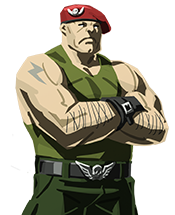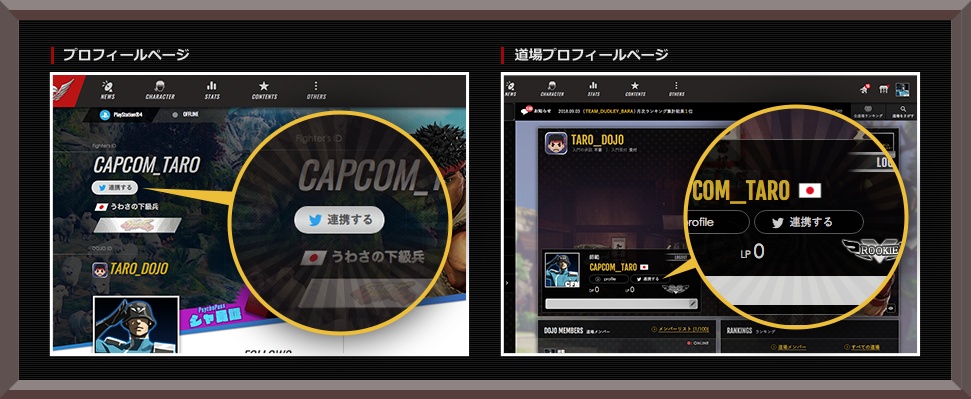Hour 3: Basic Rules and Knowledge: Movement
Today I'd like to talk about the basic rules and knowledge you'll need in regards to controls, movement in particular.
Joystick and Buttons
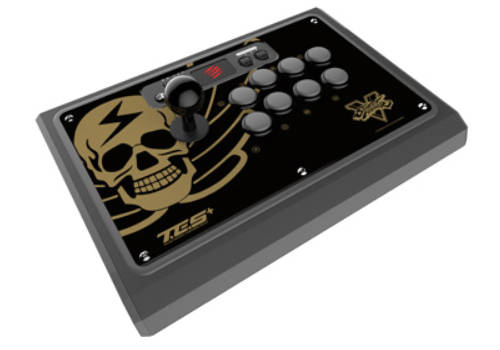
Though SF is originally a game that uses the joystick and buttons, you don't have to stick to that when playing at home. There are plenty of good joysticks out there now, but back in the day we weren't so fortunate, so we played and refined our skills using the controller. There are certain aspects of the game where I'm actually better on pad.

Input Devices and their Roles
The joystick moves up/down/left/right, and the 45 degree directions in-between each, which makes for 8-way movement.
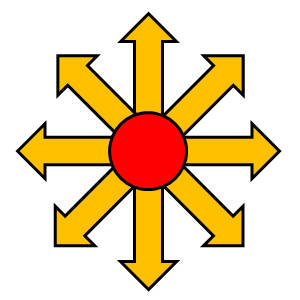
Leaving the joystick as-is (no input) is considered the neutral state.
Note:
Action games aren't just about pushing buttons to attack. There's also plenty of movements, such as jumping and blocking attacks. However the first Street Fighter game had a pretty unique cabinet*1 setup.
1: The video game machines found in arcades are commonly called cabinets.

There are a lot of buttons to press in SF games and it can certainly seem daunting, so I think it's best to narrow it down at first. This is something I want to address later in a lecture about how to start the game, but essentially you can start off by learning the fundamentals of a single button. In some games, you can fight somewhat normally with even just that one button.
While there are a lot of things you can utilize, which makes it difficult to master, when you gain a deeper appreciation of the depth of a certain button and can start using it regularly, it makes things all the more interesting.
The Basics of Universal Movement
The diagram below illustrates the movement possibilities upon joystick input.
 As you can see, inputs except for the down directions will move your character in some way. These elements will all connect to the explanation regarding defense, so let's take a good look at them.
As you can see, inputs except for the down directions will move your character in some way. These elements will all connect to the explanation regarding defense, so let's take a good look at them.Forward Movement - Walking
The things I want you to remember in regards to walking are...
-- You're not defenseless while walking.
-- Characters have different walking speeds.
-- Walking backwards is usually slower than walking forwards.
Walking may not make a huge impression on you, but it's of the utmost importance.
You can tell how good a player is just by watching them walk.
Walking is the movement method in which the most detailed adjustments take place, making a deep part of the game that is hugely important.
Jumping
The things I want you to remember in regards to jumping are...
-- Jumping distance is fixed, and you cannot change your jump arc in mid-air.
-- Jump height, distance, and duration changes depending on the character.
-- You are basically defenseless during a jump.
This may change depending on the game and the character, but these are the basics.
While jumping is something that's high-priority for attacking, in SF you can also think of it as a very risky defensive movement as well.
Crouching
Crouching is an important part of defense, which we'll talk about in the defense article, but for now, let's just leave it at - even if you input diagonally down, your character ultimately crouches.
Unique Movement Actions
Dashes
The things I want you to remember in regards to dashing are...
-- Unlike walking, you are vulnerable while dashing.
-- Dash speeds and distances differ by character.
The fundamentals of dashes are that while it's a way to quickly cover ground or retreat, you also take on the risk of opening yourself up to attack.
While back-dashing will often have invincibility frames or can serve as an evasion maneuver in various games, here I'd just like to talk about the movement properties. We'll address those other things at another time.
Additionally, if you quickly input down and then up, your character can perform something called a high jump. However the only SF game in the main series to utilize high jumps was SFIII, so as much as it pains me to do so, I won't address it here.
Learning the Lingo: Types of Jumps
Forward Jumps: A lot of people just call this a jump. So it's one of those things where you're going to have to pay attention to the context of how it's used. You may hear things like "stop jumping at your opponent" or "use a jump to get in."
Backwards Jumps: Back jump, but some people also call it a runaway jump since it's primarily used to put some distance between you and your opponent. So you might hear "chase down his runaway jumps" or something like that.
That covers the basics in regards to movement. See you again soon!

Writer
【 音量を調整してお楽しみください 】
※メッセージは1件のみ保存できます。


道場とはSFV好きなメンバーで構成されるサークルのようなもの。
シャド研にログインしていれば、誰でも入門できるぞ!


-
道場はカジュアル勢からガチ勢だけでなく、どんな人達で集まりたいかを細かく設定することができるので、自分に合った仲間を見つけることができるぞ!同キャラ使いや同リーグの仲間を見つけ、互いに腕を磨こう!

-
Fighter's IDとTwitterアカウントの連携に対応!

-
道場に入門するだけで、新ステージ「Dojo」が使用できるぞ! ※ゲーム中の「Dojo」ステージにはプレイヤー自身がカスタマイズした道場の情報が反映されます。(師範を含め、他の道場メンバーの設定内容が反映されることはありません)
-
「Dojo」ステージはゲーム内コンテンツ、メナトの「気まぐれ占い」でプレイヤーが獲得した道場オブジェクトを使用してカスタマイズが可能!個性的なステージで対戦相手を驚かせれば、心理面で有利になること間違いなし!


-
SFVをいつも通りプレイしていると自然と「道場ポイント」が溜まるぞ! ※道場ポイント(DP)はアーケード・サバイバル・エクストラバトル・ランクマッチ・カジュアルマッチ・バトルラウンジをプレイすることで獲得できます。
※以下のプレイによってDPを獲得できるのは1日10回までとなります。
・アーケード・サバイバルモードでの各難易度プレイ
・バトルラウンジ使用
・ランクマッチ・カジュアルマッチでの引き分け/敗北の合計 -
道場ランキングは道場メンバー全員の合計ポイントで決まるので、仲間と一緒に上位を目指してみよう!
-
道場ランキングの上位になると特別な道場オブジェクトをプレゼント!道場に飾って対戦相手に自慢してやろう!
道場ランキングは2018年10月スタート!!



道場のご利用にはログインが必要です。




基本設定で入門の承認を「不要」、入門受付を「受付」にし、最大メンバー数を「100」にして手広くメンバーを募集!大人数ならDP大量ゲットのチャンス!
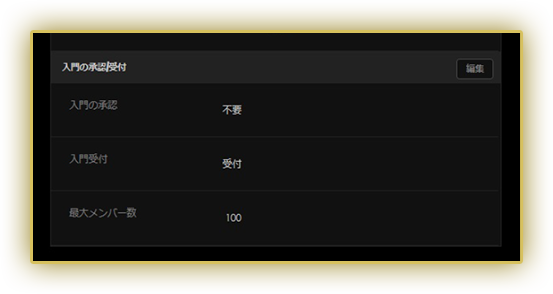

目標で目指すリーグやLPランキングをシビアに設定!メンバー同士で切磋琢磨し、夢へ一直線!
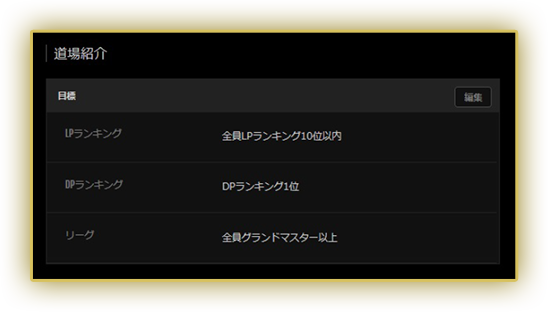

最適なコミュニケーション手段がスムーズな対話を後押し!「対戦×対話」で無限に広がる可能性!
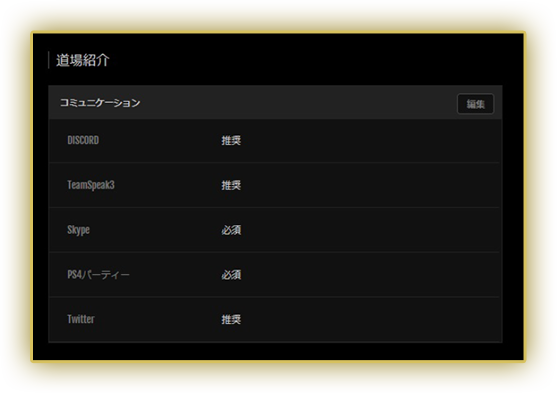

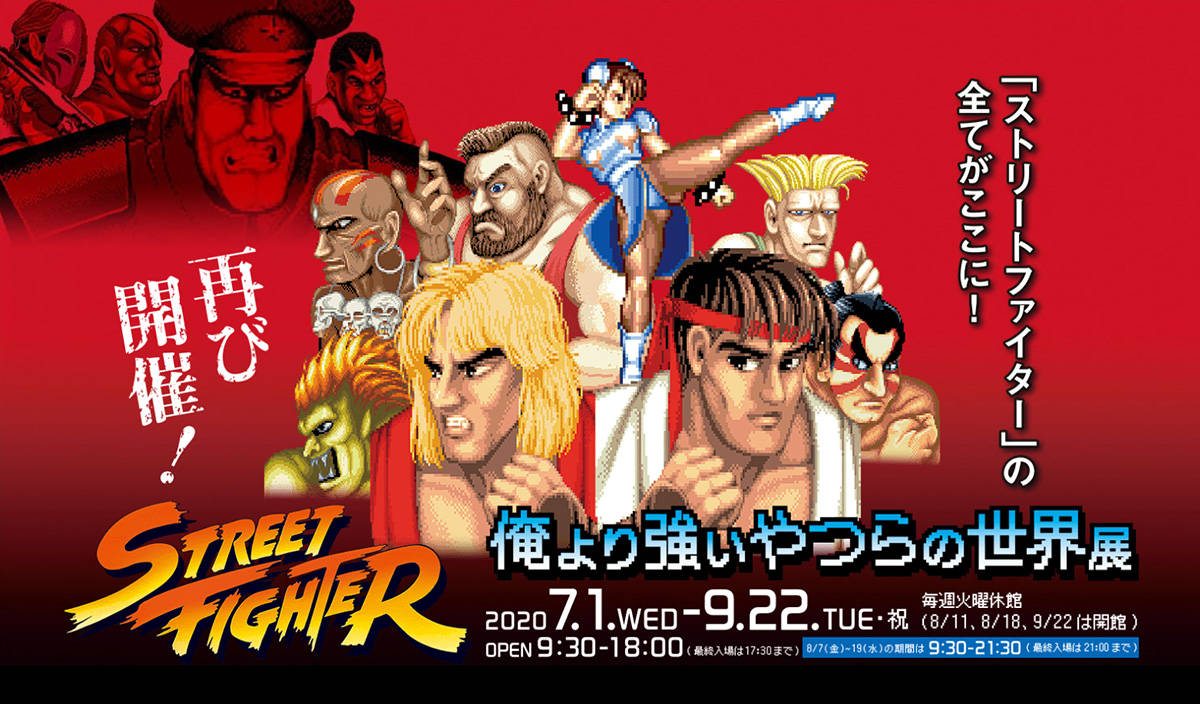
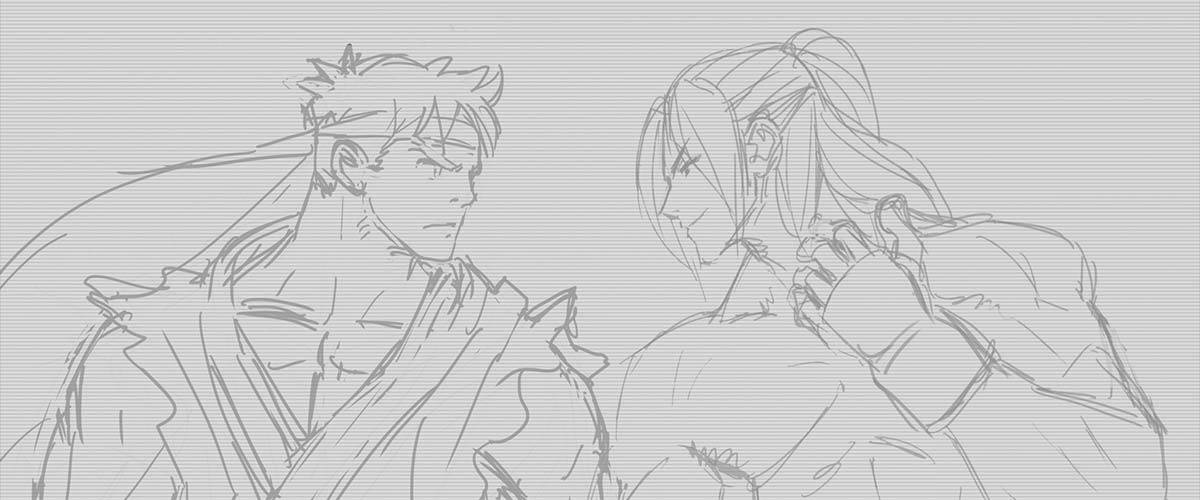




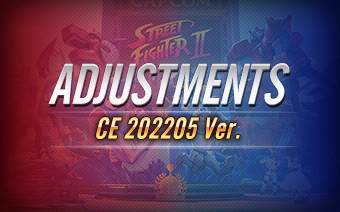
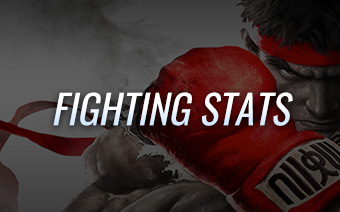
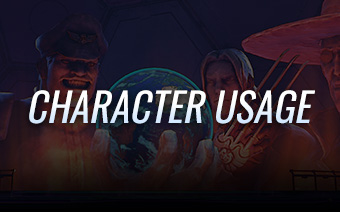

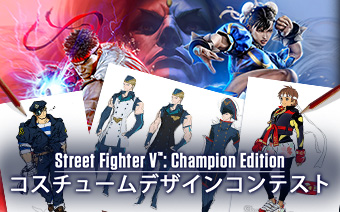










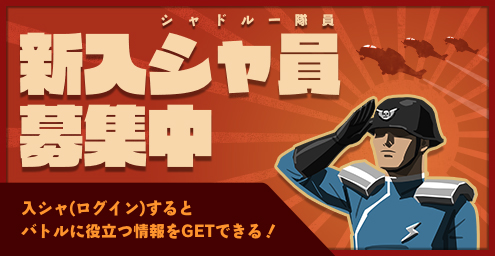
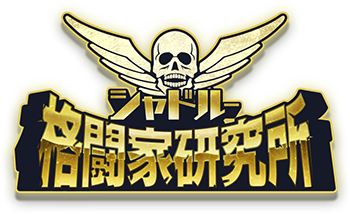


 PlayStation および
PlayStation および
